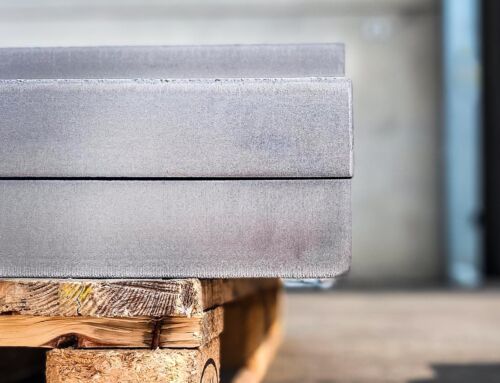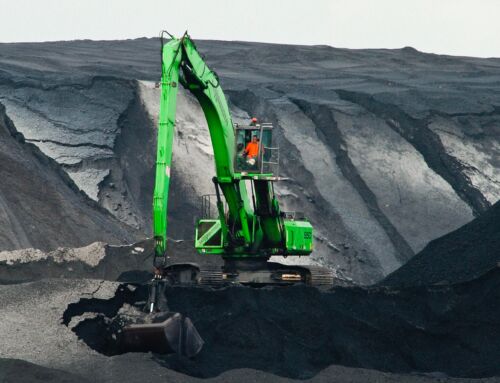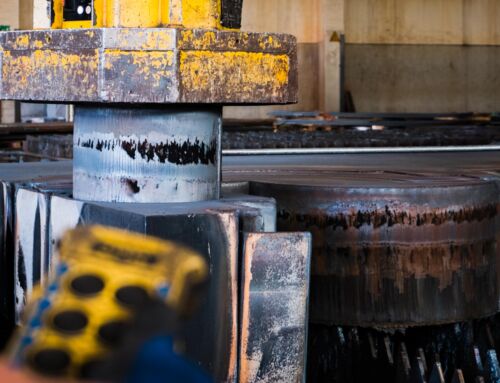Anti-wear steel has been developed to meet the growing demand for wear-resistant materials in various industrial sectors. Its origins date back to the early twentieth century when the mining industry, in particular, required materials that could withstand mechanical stress and abrasion from rocks.
In 1912, English metallurgist Robert Abbott Hadfield discovered manganese steel, an alloy that demonstrated remarkable resistance to wear. However, the use of manganese steel had some limitations in terms of toughness and corrosion resistance. This type of alloy steel contains a percentage of manganese ranging from 12 to 14%, which gives it greater resistance to wear and abrasion, but presents some difficulties. In particular, manganese steel tends to be relatively hard and brittle, which means it can easily break when subjected to intense mechanical stress, such as impact with rocks or other hard materials. Additionally, this type of steel is relatively susceptible to corrosion, especially in the presence of aggressive chemical agents such as acids or salts.
In the 1930s, German metallurgist Heinrich Rausch developed a chromium and nickel alloy steel for Krupp, characterized by extraordinary resistance to abrasion and corrosion. Chromium, a binding element of the alloy, helps make the steel more corrosion-resistant by forming a thin oxide film on its surface. Additionally, chromium makes it more wear-resistant due to its high hardness. Nickel, on the other hand, increases the toughness and impact resistance of the steel since it can absorb energy without breaking. Moreover, it improves the wear resistance of steel by increasing its ability to withstand mechanical stress.
In the following years, scientists and engineers continued to develop new anti-wear steel alloys, combined with specific heat treatments, with increasingly advanced features, such as austenitic manganese steel and boron-alloyed carbon steel. Today, anti-wear steel is widely used in many industrial sectors, such as the mining industry, cement industry, steel industry, machinery industry, and many others. Thanks to its mechanical and chemical properties, anti-wear steel represents a definitive solution for heavy industry, where wear resistance and friction are essential to ensuring safety, efficiency, and the longevity of production activities.







